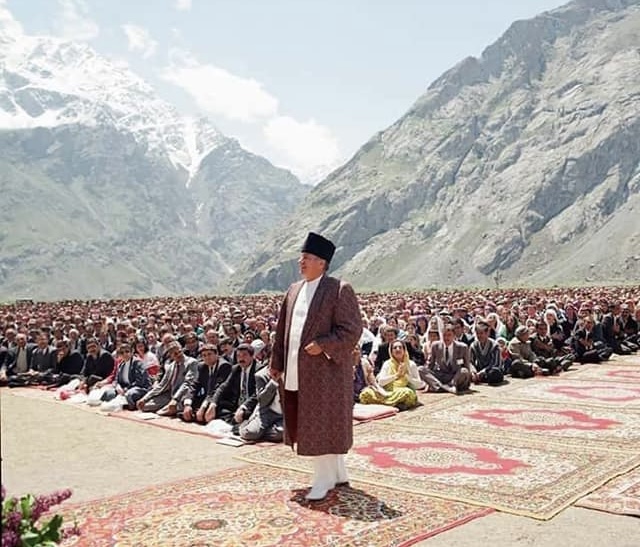Isolation and progress: Nizarites of Hunza caught between Islam, business and modernity
A community of about 50,000 individuals inhabit the valley in the far north-eastern corner of Pakistan. While accentuating the esoteric component of the Muslim faith, they have remained largely immune to pressure and threats from the Sunni majority. At the head is Karim, the fourth Aga Khan, recognised as the 49th Imam by the estimated 15 million Ismailis.
Milan (AsiaNews) - A community in Pakistan has been able to take advantage of its characteristics of cohesion, isolation but also the desire of its leaders to open it to the world and to progress which has led it to be exemplary, even if often unknown.
The Nizarites inhabit the Hunza valley, in the Gilgit-Baltistan area, located in the extreme north-eastern corner of Pakistan in the Hindu Kush chain. A region marked by high mountains, but also by the enchantment of its forests, its waterways and its lakes.
Once isolated for several months of the year, it is now more accessible and above all more open to the rest of the country thanks to limited air services and modern roads; among these there is the Karakoram Highway which crosses it following the traces of the ancient caravan route and Buddhist pilgrimage route, climbing towards the Chinese border.
The geographical isolation would have made it one of the many areas reserved for a difficult life, elite tourism or mountaineering expeditions if it had not been for a coincidence of factors.
Hunza is in fact the heir of a small principality which, after cohabitation with the British power, upon Pakistan's independence opted for coexistence in the new Pakistani nation, maintaining identities and characteristics that have had a national and international projection thanks to its Aga Khan, religious and political leaders.
Aga Khan is a title recognized to the local dynasty which at the time of independence was represented by the 3rd Aga Khan, Mohammad Jamal Khan, who was able to direct his small community (today we are talking about around 50 thousand individuals) giving the possibility of applying resourcefulness and ability well beyond the original location. Possibilities favored by the close solidarity and interdependence that characterizes it.
This "path" is followed by his nephew, Prince Karim Aga Khan, who succeeded him at the age of twenty in 1957, and is known for his managerial skills and financial flair, but also for his participation in the international jet-set and for the huge investments that made thanks to the donations of his followers. Promoting, among other things, the tourism development of the Costa Smeralda, in Sardinia (Italy).
Today the Ismailis of Hunza are drivers, guides, entrepreneurs, managers, politicians and magistrates. They cooperate with the institutions initiated or directed by the Aga Khan (mostly from abroad where he usually resides) for the development of the valley, but also with activities - schools, hospitals, social activities, infrastructures - which are shared without preclusions with the population . Therefore participation and initiative, but not exclusion, are characteristics of this community and make it a particular reality also considering the membership of a religious community of Islamic tradition - that of the Ismailis - which dates back to the historical split between Sunnis and Shiites in the seventh century and from a further subdivision of the latter in the 8th century.
The community known locally as Nizarites, accentuates the mystical and esoteric component of Islam and therefore often considered heterodox, if not heretical, by other Muslim communities. Karim, the fourth Aga Khan, is recognized as the 49th imam by the estimated 15 million Ismailis in the world but, in a rare case, the pressure of the majority Sunnis which in other regions also manifests itself with discrimination and violent acts, mostly circumvents the reality of the Nazirites of 'Hunza.
(Photo taken from the Aga Khan IV Facebook page)
27/03/2024 17:58
05/04/2018 10:37







.png)










